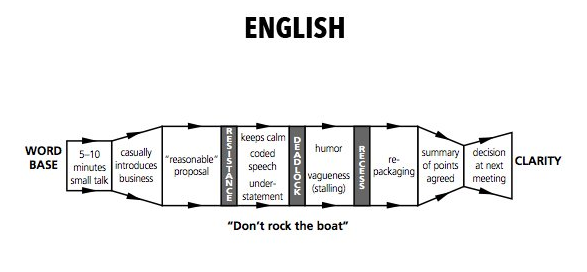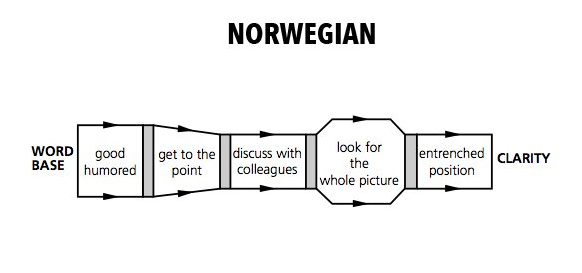Communication in multi-cultural offices
Organisational Effectiveness Project ManagementI’ve worked in dozens of multi-cultural offices over the years. I’ve worked all over South-East Asia and Western Europe, and I’ve been employed by Norwegian, Japanese, American, Scottish, and many other companies over the years.
I’m Australian, and even though I have lived in England for a while now, the culture is still foreign to me in many ways. I’ve worked for foreign bosses, managed foreign staff, and worked with foreign peers, clients & contractors. This is normal in the oil & gas world. Multi-cultural offices are a feature of any global industry.
It’s also a real challenge.
There may be language or accent problems, there may be different cultural norms, and there is nervousness among people worried about doing the wrong thing. But whatever the cause, the problem is ultimately about communication. Cultural differences can create poor communication, but good communication always transcends cultural differences.
Different cultures communicate differently. Looking at a common (and commonly problematic) cultural pairing in oil & gas, let’s look at how the English and Norwegians negotiate:
(These nifty diagrams come from When Cultures Collide. It’s an excellent book, one to mention to Santa.)
These simple visualizations show a clear and common problem: Norwegians like to get to the point early, and the English like to dance around it. Essentially, Norwegians want a proposal followed by an agreement, and the English want an agreement followed by a proposal.
Companies can improve a multicultural office by doing two things:
- Training to help people appreciate the language and cultural differences at play, and;
- Taking steps to improve communication between the two groups.
Training is usually given to ex-pats, those who are travelling to the foreign office. This is always a positive step, but it’s rarely practical to provide anything other than superficial preparation for local staff.
There are a few common steps taken to improve communication, the most obvious being company-wide team building exercises. While these can be helpful, they are a bit of a blunt instrument. They are time-consuming and costly, and can breed resentment among staff who just want to get on with their work, as illustrated in this YouGov paper commissioned by Vodafone.
Instead of company-wide initiatives to improve communication, we at Agilis recommend something a bit cheaper, more targeted, and intelligent. A social network analysis will show how a multi-cultural office is communicating, and will identify the key conduits for information and knowledge exchange. Armed with this information, simple steps can be taken to encourage and reinforce the way your office actually works.
In any office, there are good communicators and poor communicators. The good communicators are usually – intuitively – confident and empathetic and often – counter-intuitively – quiet and introverted. By identifying and focussing on improving links with naturally skilled communicators, multi-cultural offices can play to the strengths of their existing staff. It’s a cheap, simple, and low-friction route to bringing groups closer together.


